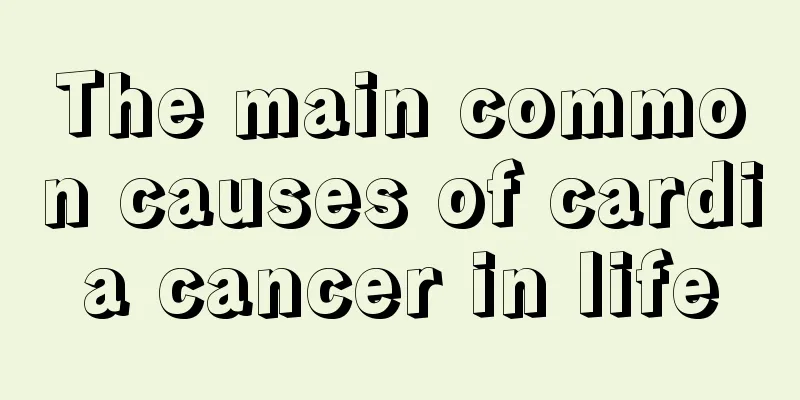What is the difference between porcelain crowns and all-ceramic crowns?

|
There are many problems with people's teeth, such as serious tooth defects, or certain dental diseases. Patients need root canal treatment. After the treatment, it is necessary to make an all-ceramic crown. Some people's teeth can no longer be repaired, so they will restore the beauty of their teeth by making an all-ceramic crown. Some people will choose to make a porcelain crown. So what is the difference between a porcelain crown and an all-ceramic crown? The difference between porcelain crowns and all-ceramic crowns: At present, porcelain teeth and all-ceramic teeth have attracted attention and favor from people from all walks of life. So how should we choose when doing dental beauty? Regarding the question of what is the difference between all-ceramic teeth and porcelain teeth, let’s hear what the experts have to say. The difference between all-ceramic teeth and porcelain teeth 1. The performance difference between porcelain teeth and all-ceramic teeth: 1. Hardness: The hardness of porcelain tooth material is greater than that of enamel and it is more brittle. The hardness of all-ceramic tooth casting porcelain blocks is slightly softer than porcelain tooth materials, but harder and tougher than enamel. 2. Crack resistance: Porcelain teeth have better crack resistance than all-ceramic teeth. 3. Wear resistance: The color of all-ceramic teeth will not change during the wear process, but extending the life of porcelain teeth will. 2. Clinical differences between porcelain teeth and all-ceramic teeth: 1. Biological properties: Ceramics have good biocompatibility, are insoluble in saliva and other acidic and alkaline substances, and will not cause allergic reactions. Due to the presence of metal base crowns, there have been reports of metal allergies and metal micro-leakage in porcelain teeth. 2. Error control: The production process of porcelain teeth includes impression taking, wax modeling, embedding, casting, porcelain, bonding, etc. The production process of all-ceramic teeth includes impression taking, porcelain baking, bonding, etc. The steps are relatively reduced and the relative errors are also reduced. 3. Equipment requirements: Porcelain tooth equipment is relatively simple and the cost is relatively low. The production of all-ceramic teeth requires special equipment, is time-consuming, and expensive, and the operators need special training. 4. Clinical application: All-ceramic teeth are mostly used for single crown, inlay, onlay and veneer restorations of anterior teeth. Porcelain teeth can be used for fixed restorations with higher strength requirements, such as posterior tooth fixed bridges. Porcelain teeth are a widely used dental beauty method, which are mainly divided into all-ceramic teeth and porcelain teeth. So what is the difference between all-ceramic teeth and porcelain teeth? Although both are porcelain teeth, there are still differences between the two. |
<<: Is bitter melon sweet when it is ripe?
>>: What is the normal length of the uterine tube?
Recommend
What is the reason for excessive body hair
Everyone wants to be fair and clean, or at least ...
There is a fleshy bump on my armpit
Some people accidentally found a lump of flesh gr...
What are the causes of asymptomatic fever
Fever can be said to be the most common illness i...
What causes pain in the right back of the head?
Health issues are always the most concerned by ev...
What to do if prostate cancer metastasizes to the bone? Different methods for different situations
Prostate cancer is a type of genital cancer with ...
What happened to a black mole that suddenly appeared on my face?
If a mole suddenly appears on your face, it is ve...
Can I wash my hair when I get up in the morning?
Many people like to wash their hair in the mornin...
Symptoms and causes of collapse
Collapse is a sudden symptom that is often caused...
Breast cancer patients should not eat four things
Breast cancer patients need to pay special attent...
How to quickly hold urine before doing B-ultrasound
Not many B-ultrasounds require holding urine, but...
The nails are thickened and there are dandruff inside
Although nails are only a small part of the body,...
There are purple spots on my arms
It is a very common phenomenon that spots appear ...
What shampoo can prevent hair loss? Daily products can also prevent hair loss
Hair reflects a person's mental state, but un...
What are the dietary misunderstandings of lung cancer patients? If you are diagnosed with lung cancer, you must pay attention to these dietary issues
Nowadays, we are facing more and more diseases, a...
How to effectively eliminate puffy eye bags?
The swelling of eye bags bothers many people. If ...









